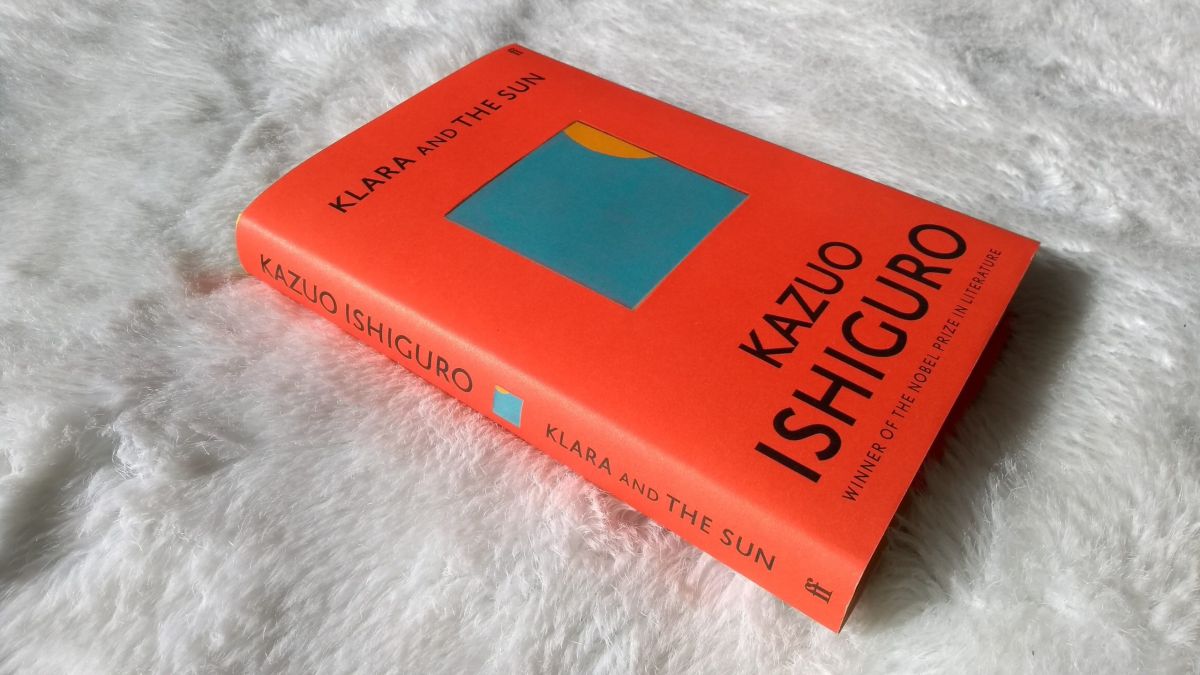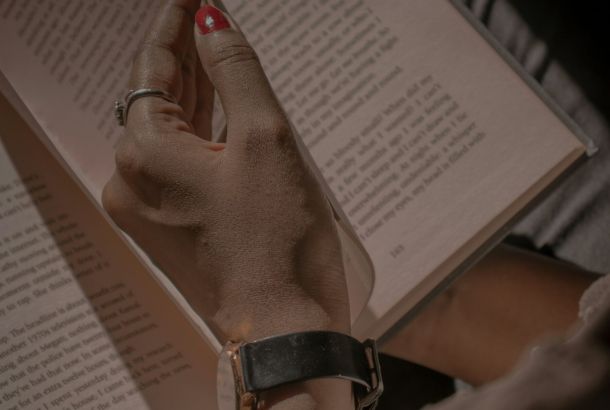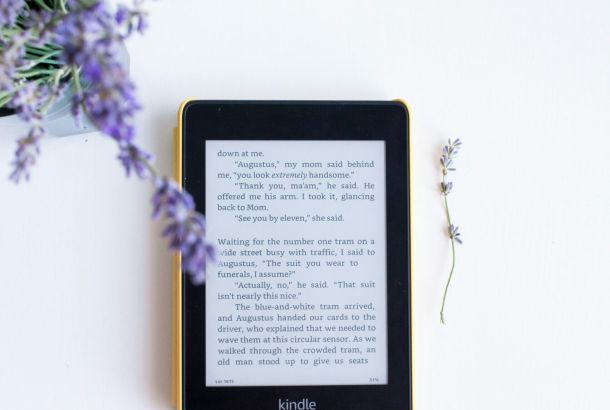Review: Klara and the Sun by Kazuo Ishiguro

Klara and the Sun is the keenly awaited new title by Kazuo Ishiguro; the author of Never Let Me Go and The Remains of the Day. It is his first book since winning the Nobel Prize in Literature in 2017.
The novel reflects on love, friendship, and feeling, through the eyes of an Artificial Friend, Klara. It has already been hailed as ‘another masterpiece’ by The Guardian.
In his eighth novel, Ishiguro offers yet another alternative reality. His astounding creativity is reflected in his ability to repeatedly depict scary parallels to the world we inhabit. Yet what struck me while reading Klara and the Sun is the cohesive anxieties that run through Ishiguro’s novels, such as the climate crisis and fear of extreme technological advances.
The novel depicts a recognisable but very different America. Josie and her mother buy solar-powered Klara from ‘the store’, where she is chosen instead of the more expensive but more sophisticated B3 models.
Klara then returns with them to their home, where she begins to piece together bits of their world and family relationships. Josie suffers from an unspecified illness and, like other ‘lifted’ children, studies online with tutors via their ‘oblongs’. To readers in lockdown, it is a scarily recognisable lonely and isolated life and way of learning, hence Josie’s need for an AF.
“I believe I have many feelings,” Klara says. “The more I observe, the more feelings become available to me.”
Klara’s fondness for the sun is explained by her solar powered nature, yet her belief in the sun’s power is, ironically, one of her most human-like qualities. However, we are constantly reminded of her robot-ness. It is apparent when she attempts to navigate uneven ground, and when the world breaks up into ‘squares’, or pixels.
There is a mixture of astute observation and blind naivety in Klara’s narration, making it at once endearing and frustrating. Klara’s judgement and perspective are limited, so we are left to try and fill in the blanks ourselves.
As with Never Let Me Go, Ishiguro only slowly drip-feeds pieces of information to the reader about this futuristic America. This is one of the reasons for the staying power of both novels, but I was left with many questions about the way aspects of this world function.
Klara and the Sun lived up to my extremely exalted expectations, and I devoured it in a few days. However, I have to confess to being left wanting more, which is perhaps precisely as we should expect to feel after seeing a world filtered through artificial eyes.







